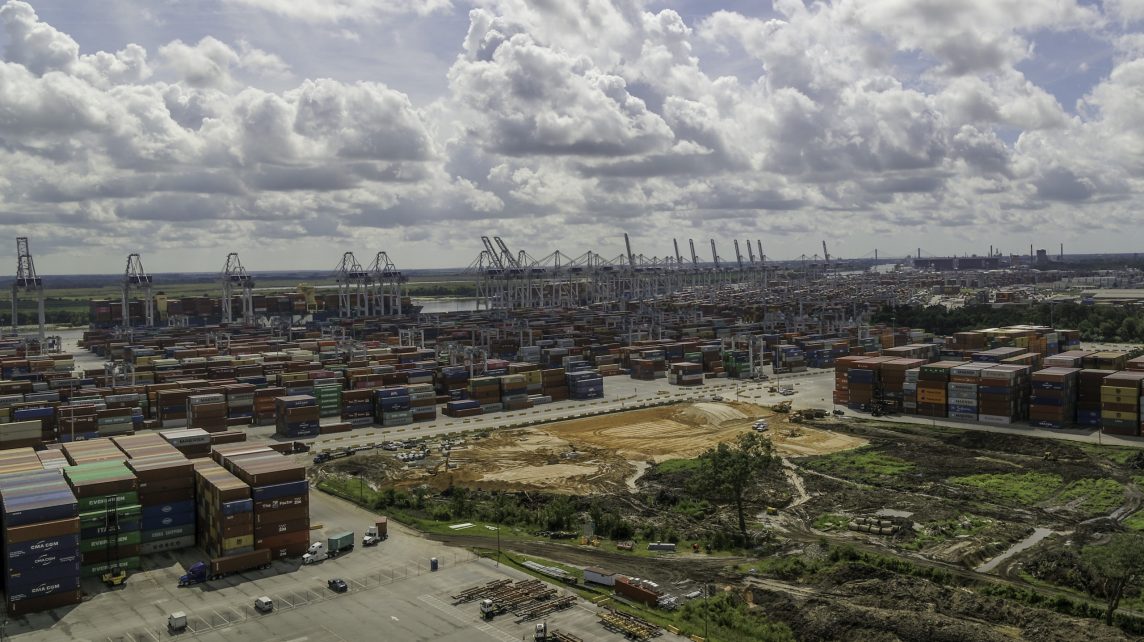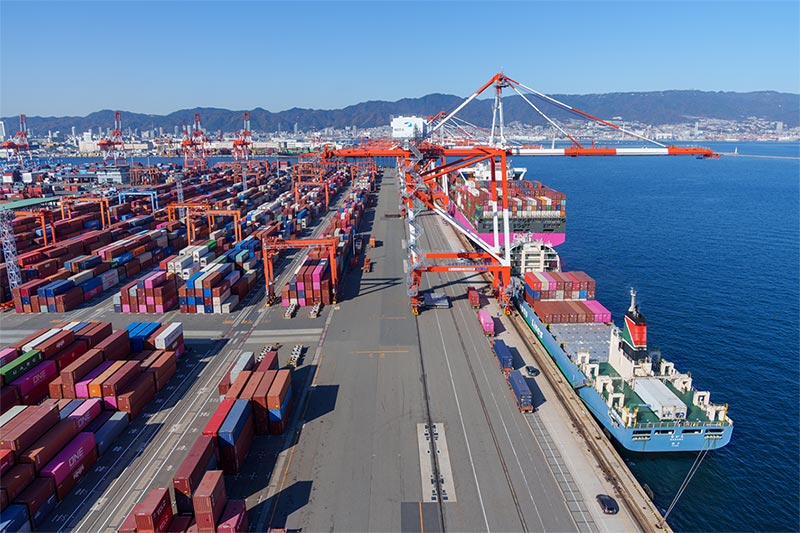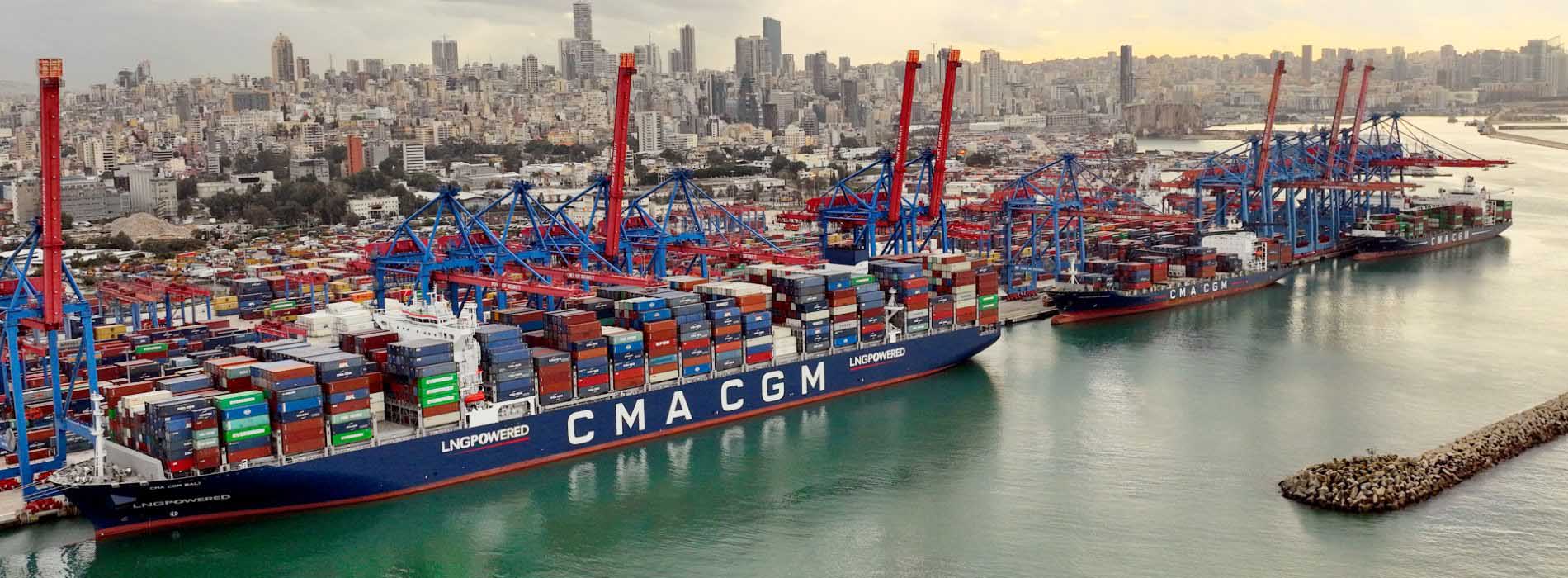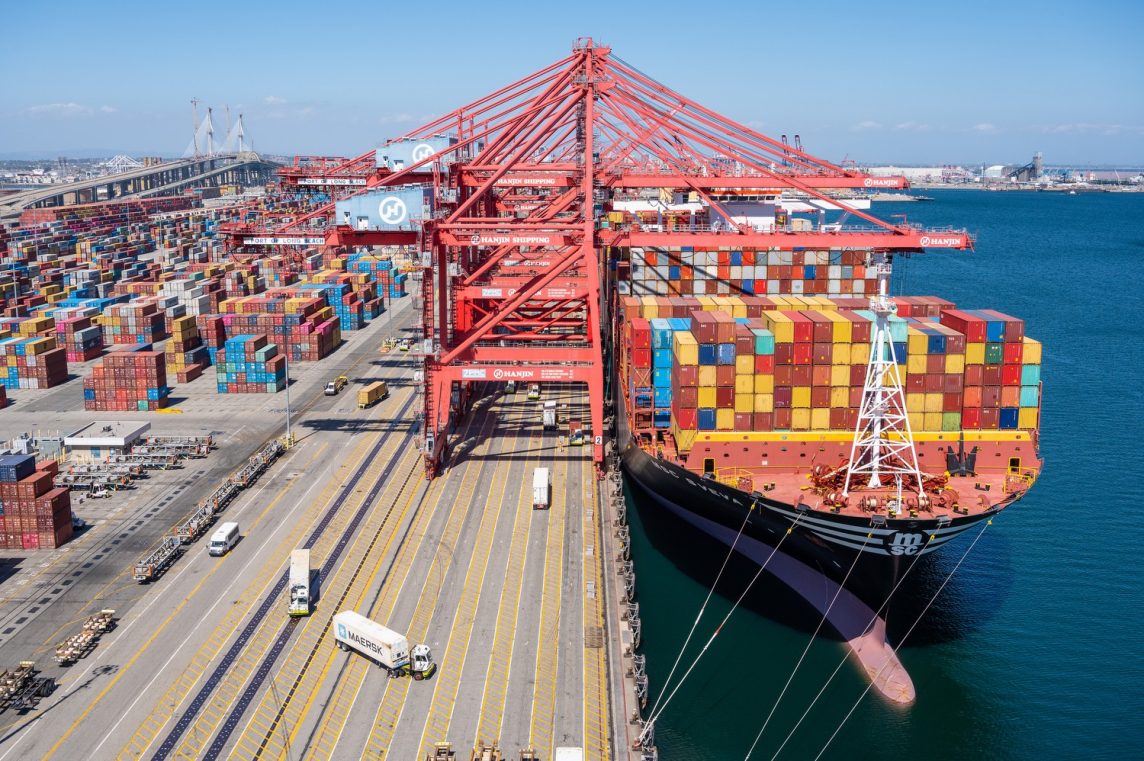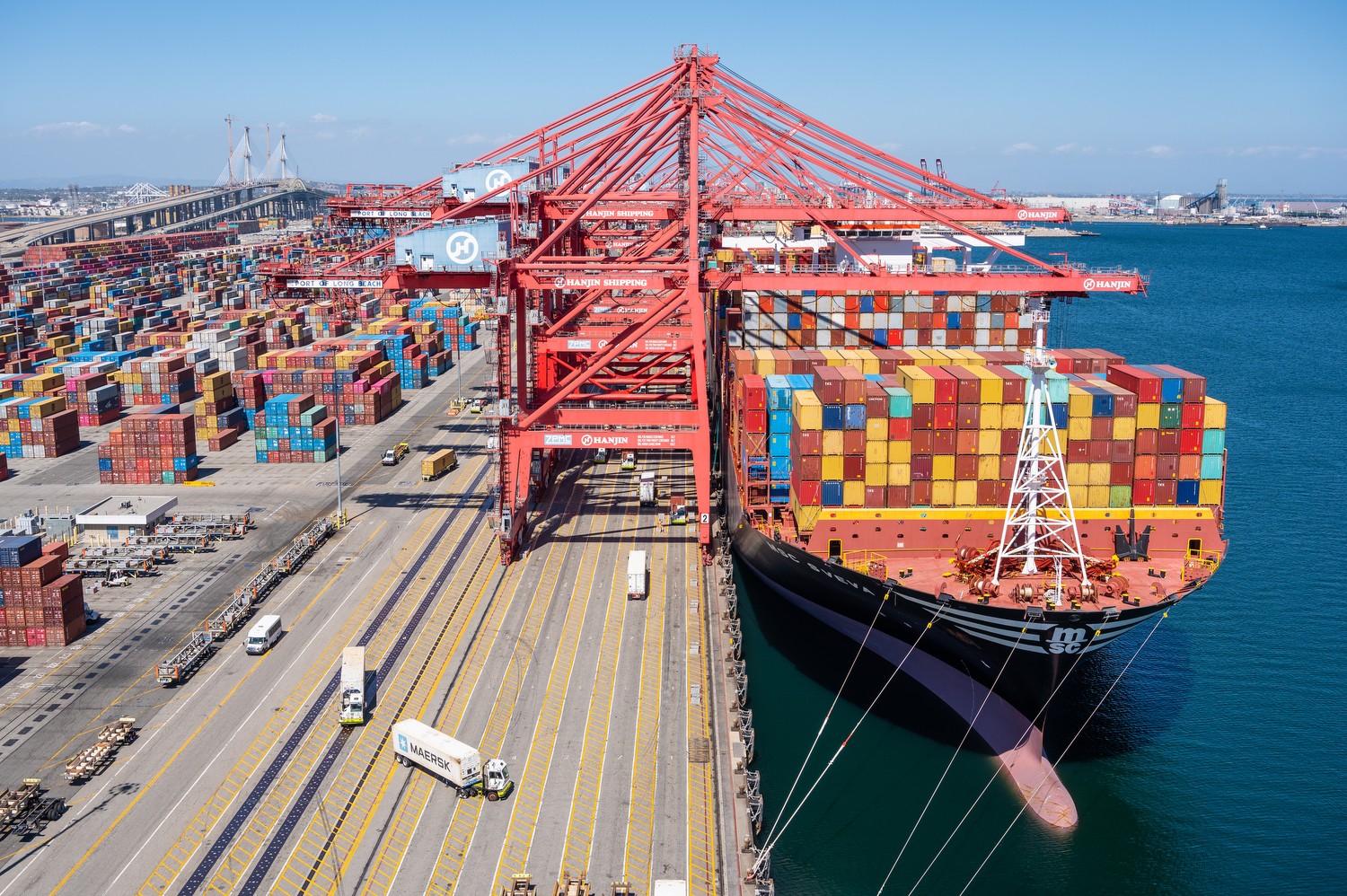
Georgia Ports handled a total of 5.4 million TEUs in fiscal year (FY) 2023 (1 July 2022 – 30 June 2023), down 6.7% or 387,000 TEUs compared to the previous record FY.
According to recent data, the port of Savannah achieved an 11.2% market share in container trade among US ports on the East, West and Gulf coasts through April, its highest ever.
Additionally, the port handled record Roll-on/Roll-off volumes in FY 2023 with more than 723,500 units, translating to an increase of 18% or nearly 109,000 units over the previous year.
More specifically, Ro/Ro imports were up by 99,000 units year-over-year, or 24%, while exports increased by 11,500 units, or more than 7%.
Furthermore, the record trade at the Appalachian Regional Port was another highlight in FY2023. The inland terminal handled its highest volumes ever, at 33,700 rail lifts, an increase of more than 18% or 5,200 containers.
To prepare for future demand, Georgia Ports Authority (GPA) is investing US$1.9 billion in current infrastructure projects. Enhancements include renovations to Berth 1 at Garden City Terminal, which aims to increase berth capacity by 25%.
Additionally, an improved Berth 1 reopened to vessel service on 20 July, providing faster turn times for ocean carriers.
Finally, according to the port authority, a new transload facility delivers greater speed and flexibility for customers in cargo handling, while the Garden City West development adds 404,686 m² of long-term storage available at a lower cost than in the regular container yard.
Source: Container News
